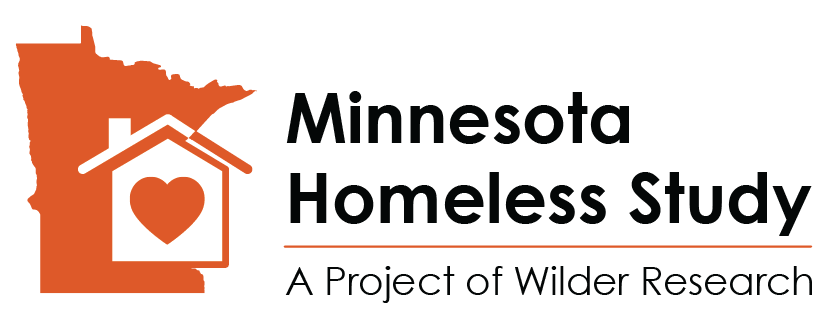This analysis focuses on adults 18 and older who have slept outside for 15 or more nights in the past month. Unsheltered homelessness includes spending the night outside, in a car or vacant building, or on public transportation.
The Minnesota Homeless Study is unique in that it asks people to report on where they slept each night in the past month. This information helps us understand shelter use patterns and how being unsheltered may affect health and well-being.
Key findings
- Unsheltered homelessness in Minnesota has increased over the past decade.
- The alarming overrepresentation of Native Americans experiencing homelessness is magnified within the unsheltered population.
- Unsheltered women experience much higher rates of violence and exploitation than men.
- People experiencing unsheltered homelessness face profound substance use challenges, which often co-occur with mental health conditions.
- High rates of previous incarceration create further instability for those who are unsheltered.
- The majority of Minnesota’s unsheltered population is stuck in long-term homelessness.
Download the Issue Brief
About the data
Unlike a point-in-time count, which only considers one night of a person’s experience, Minnesota Homeless Study data help us understand shelter patterns and how outcomes differ depending on whether and how often someone sleeps outside.
This brief is one in a series examining interview data from the 2023 Minnesota Homeless Study. Each brief explores a specific aspect of homelessness and provides detailed data to inform services, interventions, and policies across our state.




